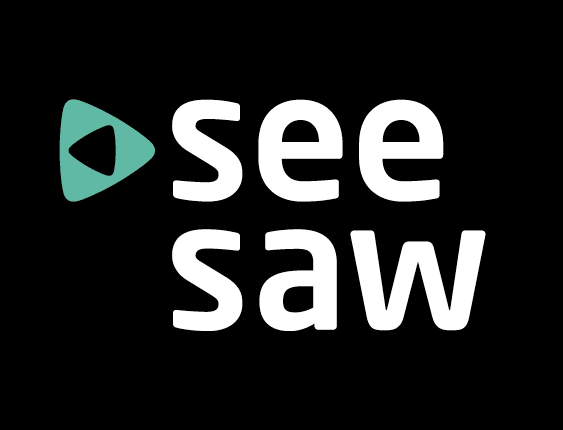
UK transmitter operator Arqiva is pulling the plug on SeeSaw, the commercial TV VOD aggregator that was formed from Project Kangaroo’s ashes and which has failed to make any impact, explaining: “Following a strategic review of its business activities… Arqiva is no longer able to support the service.”
SeeSaw won’t be mourned by many. It had failed to generate significant audience. The irony, however, is that, with imminent mass adoption of connected TVs (Arqiva is a YouView venture partner), SeeSaw was on the cusp of finally realising Project Kangaroo’s original vision of delivering VOD shows to TV, not just PC, screens.
Back in 2007, BBC Worldwide, ITV (LSE: ITV) and Channel4 conceived the Project Kangaroo JV to deliver shows, from outside the public-service catch-up window, as ad-supported and paid-for VOD, on web and, later TVs.
After the Competition Commission prohibited launch, causing BBCWW alone to have wasted £9.1 million, the technology was put up for sale, won by the most unlikely of bidders – a company with extensive experience implementing broadcast infrastructure like radio masts but no experience actually operating a content service, let alone an online one.
From SeeSaw’s launch, it was evident the Project Kangaroo technology, which was developed by Ioko and which was well-regarded, was actually just an adequate Flash video player, accompanied by an unusual page-dimming feature. Taken as an experience, the product was not a patch on the equivalent U.S. TV aggregator, Hulu.
SeeSaw launched when the idea of a single online aggregator for online TV made perfect sense from a consumer standpoint. But, with no vested interest in SeeSaw like they had in Kangaroo, broadcasters have preferred to operate their own-brand initiatives like 4oD and ITV Player, on which they get to own the experience, keep all the ad income and cross-sell their advertisers across TV inventory.
SeeSaw’s main content roster was mostly the same set of rights it inherited from Kangaroo (4oD, Demand Five and low-tier BBCWW shows), largely the same licenses enjoyed also by competitor YouTube.
Itself looking to be the super-aggregator, YouTube (NSDQ: GOOG) was also licensed by 4oD and Demand Five, each of which have only distributed their shows through the services in exchange for retaining significant ad sales control.
It is around the issue of ad sales, and the whole SeeSaw commercial model, where perhaps the biggest blame lays. The team used conventional, TV-like sales techniques, sticking two and sometimes three 30-second pre-rolls before shows. On the sofa, that’s fine – but, when time is precious on the web, who wants to sit around waiting?
As an alternative, SeeSaw tried inviting its users to pick which ads they want to watch (really?), and a £2.99 monthly subscription to remove the ads. Subscription figures aren’t available.
Nothing seems to have worked. Arqiva’s strategic review was actually completed last October, and resulted in a restructure at the company, plus the search for an investment partner or sale of SeeSaw. The fact the company announced “next month will be the end of the road for SeeSaw” rather suggests no-one wanted to buy it for a second time.
The gap left by SeeSaw is the loss of a UK archive TV-VOD aggregator that was all set to offer on-demand old shows through connected TVs. Whilst the public service channels only have VOD rights to recent shows, SeeSaw – combined with an easy on-TV micropayment system – could have asked £0.50 a time for old episodes of much-loved TV shows – something which could have been frictionless and could have negated the booming market for DVD box sets.
But that opportunity will no longer be SeeSaw’s to exploit.